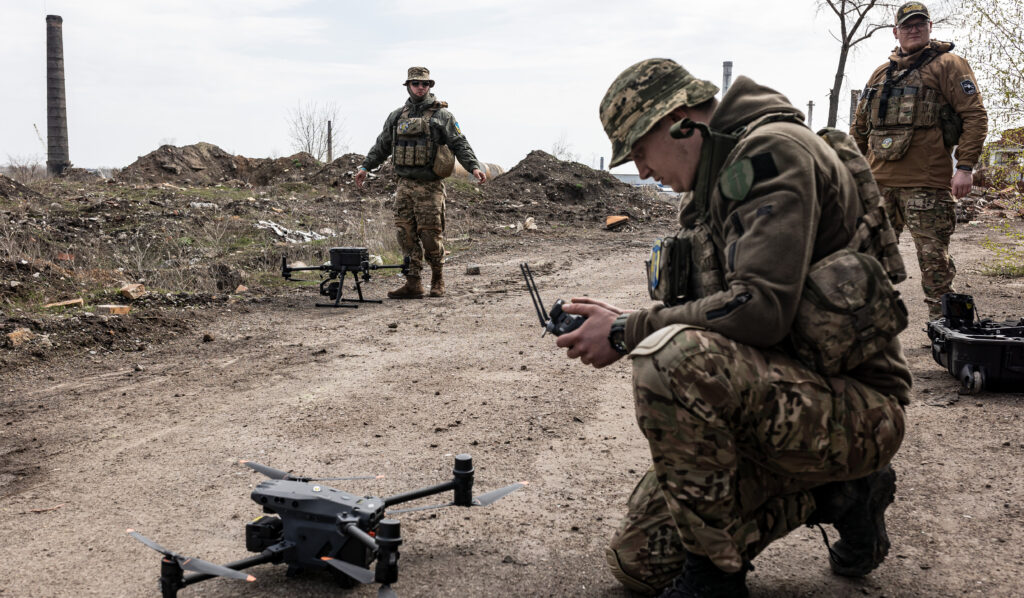As the Ukraine-Russia conflict reaches its third year, Ukrainian forces find themselves increasingly beleaguered by relentless Russian assaults, dwindling supplies, and the growing dominance of high-tech drone warfare.
The infantry of the 59th Brigade, once several thousand strong, now faces a stark reality: casualties have taken a heavy toll, with only 60-70% of their initial numbers still serving. The remaining soldiers grapple not only with the ferocity of Russian attacks but also with the unforgiving conditions of trench warfare, exacerbated by unpredictable weather that compromises their health and effectiveness on the eastern front.
Despite their unwavering motivation to resist Russian occupation, Ukrainian soldiers are confronted with significant challenges in maintaining their defense. Outnumbered and outgunned, they struggle with a critical shortage of both manpower and essential ammunition. The dire situation is exacerbated by delays in Western military support, with $61 billion in U.S. aid stalled amid political discord in Washington.
In particular, artillery units face a severe shortage of munitions, with Ukrainian forces unable to match Russia’s fivefold superiority in artillery firepower. The EU’s failure to meet its target of supplying a million shells to Ukraine compounds the crisis, leaving Ukrainian soldiers at a distinct disadvantage on the battlefield.
However, the conflict’s dynamics have evolved beyond traditional warfare, with drones emerging as a decisive factor in shaping the course of battles. Both Ukraine and Russia have heavily invested in drone technology, with the scale of deployment reaching unprecedented levels.
Ukraine has witnessed a surge in drone production and innovation, aiming to counter Russian advances. President Zelenskiy has set ambitious targets for drone production, recognizing their strategic importance in gaining battlefield advantages. Yet, despite these efforts, Russian drones now outnumber Ukrainian counterparts, posing a significant threat to Ukrainian troops and infrastructure.
The drone arms race has forced both sides to adapt, with increased deployment of electronic warfare systems aimed at disrupting enemy drone operations. Ukrainian drone pilots describe intense aerial engagements, with queues of drones waiting to strike enemy targets, akin to “taxis at the airport.” However, as drones become more prevalent, the effectiveness of electronic warfare in disrupting drone communications becomes crucial, potentially altering the balance of power in future conflicts.



